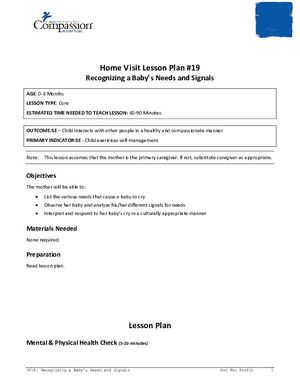
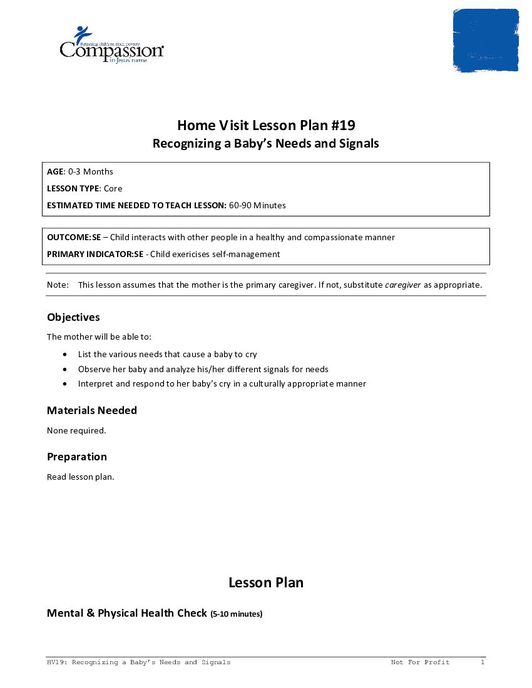
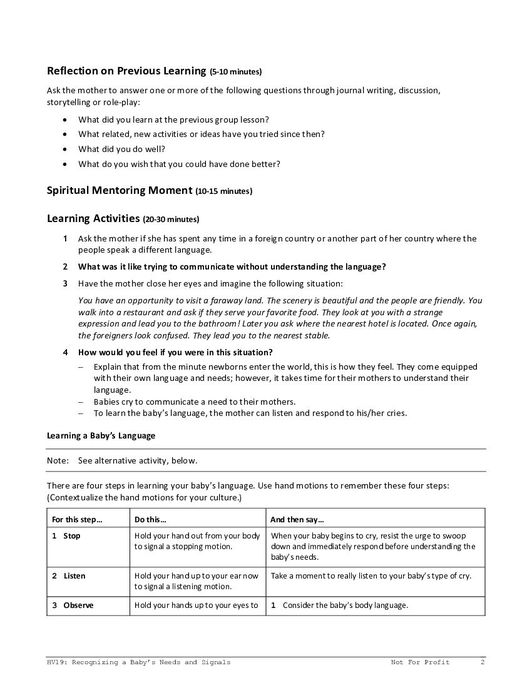
You must be a member of the ForChildren.com community to download resources. Click the buttons below to sign in or sign up!
| Category | Socio-Emotional Development |
The lesson “Recognizing a Baby’s Needs and Signals” is designed to help a caregiver recognize how her newborn communicates needs. Understanding the reasons why newborns cry and how best to respond creates a responsive caregiving pattern that is crucial to a baby’s healthy socio-emotional and physical development. This lesson includes learning and development activities, a brief assessment and homework.
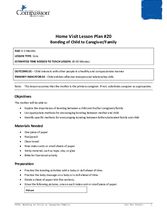
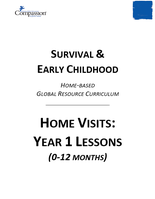
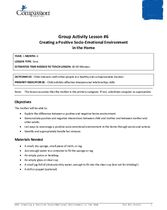
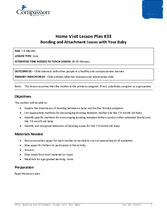
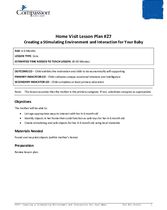
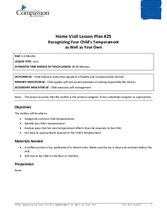
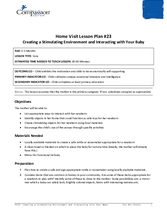
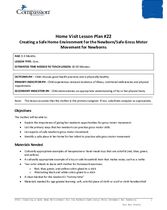
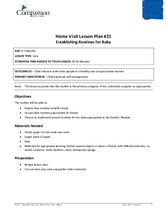
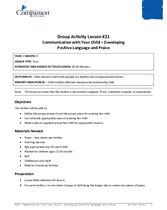
Ang Tanglaw ay ang learning management system (LMS) ng Compassion International - Philippines. Ang nilalaman nito ay iba't ibang learning materials tungkol sa iba't ibang paksa upang matulungan ang mga manggagawang simbahang katuwang ng Compassion sa Pilipinas. Ang training team ng Compassion International - Philippines ay siyang tumutulong sa buong programa ng holistic child development sa pamamagitan ng pagbibigay ng pagsasanay at kaalaman sa iba't ibang kaparaanan.